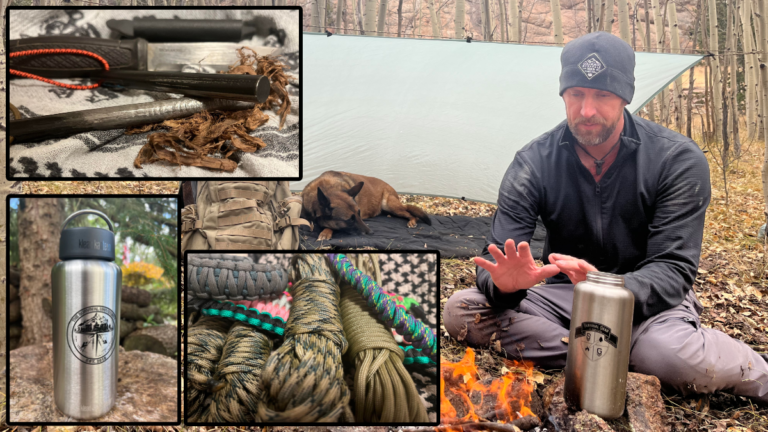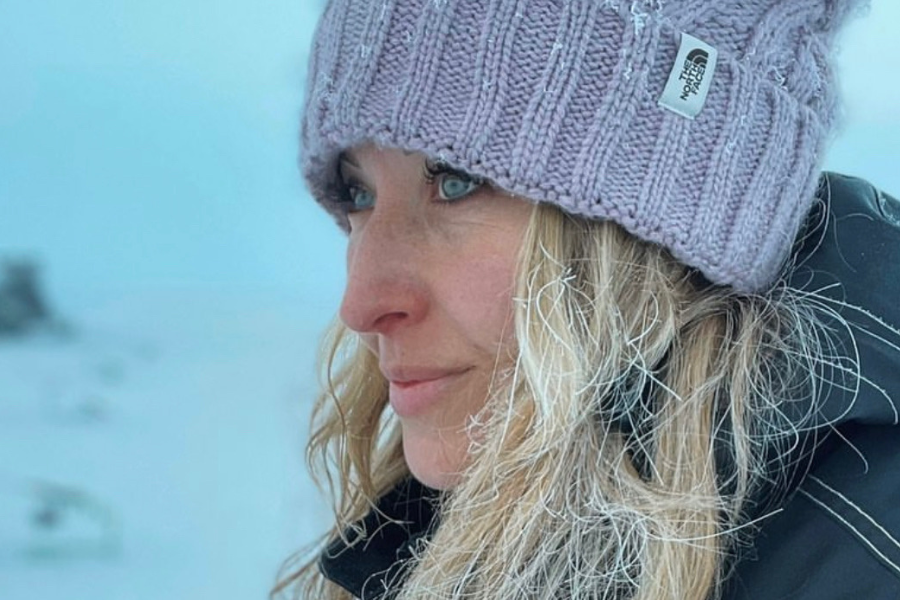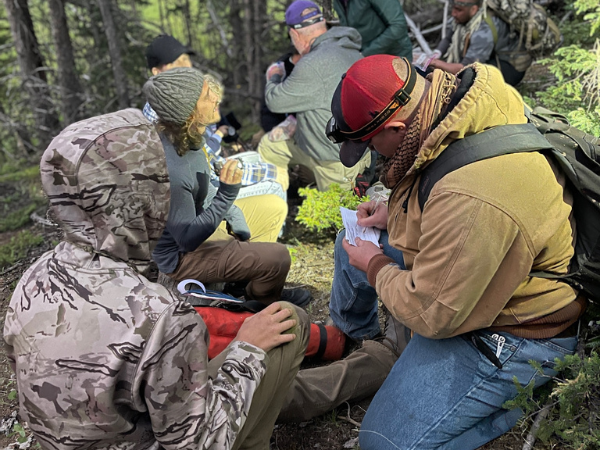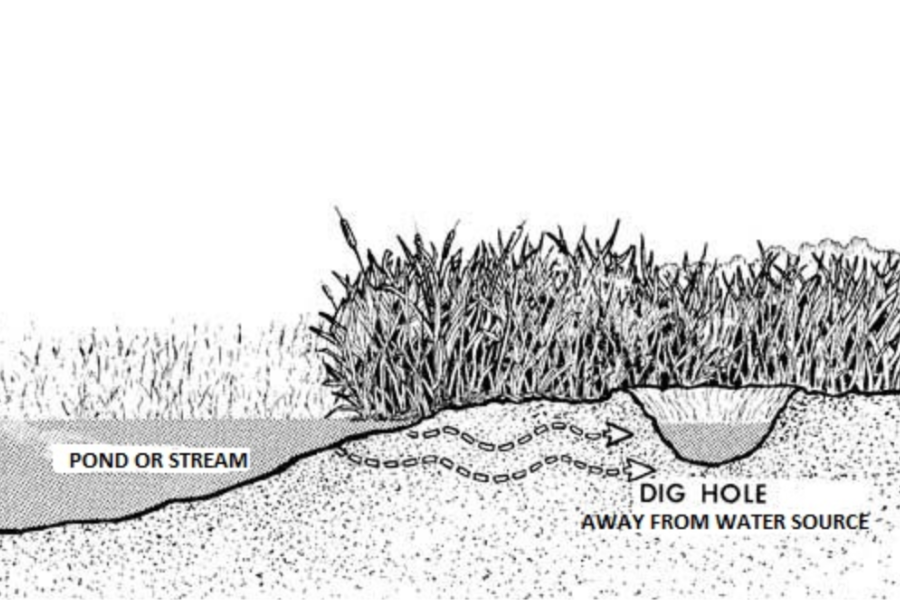4 min read
The Principles of Clothes Layering
Layering your clothing will keep you toasty warm and is the best way to maximize your comfort and is extremely important in Colorado as our weather...

A common mistake most adventures make is heading outdoors without the necessary gear should something go wrong. People get lost, hurt, or stranded in the outdoors all the time and find themselves in life-threatening situations because of their failure to prepare. Had they carried a bare bones amount of gear, these situations could turn an emergency situation into just an uncomfortable night in the woods. You should always have at least the minimum amount of gear to cover your essential and most basic survival needs.
With only 5 items, that weigh less than 10 pounds, and a little bit of training or knowledge, a person can spend the night in the outdoors.
We call these the 5 C's of Survival and they are as follows:
This is a simple way of saying a knife. I believe the knife is your most valuable survival tool because with it and a bit of training, you can create everything else you need. With a knife I can make fire, boil water, make a shelter, hunt for food and so much more. Granted I have more training than most but the point is that a knife is a valuable tool. Your knife should be a quality blade, full tang and comfortable for you to use. Everybody has their personal preferences so I cannot tell you what is the best knife for you. All I can tell you is that you should have one and you should learn how to use it properly for survival purposes. Check out our KNIVES PAGE to see some of the knives that our instructors use.
Unless you know how to rub sticks together to make fire, you should carry something to start a fire with. Who am I kidding... even if you know how to rub sticks together to make fire, you should carry a modern tool to start a fire with. In a real survival situation, nobody has time to mess around with primitive fire skills. Most people carry a BIC lighter as their preferred fire making tool. While it works (most of the time) I would suggest that this not be your primary combustible. Why? Because a lighter will not work in high winds, at high elevations, when its wet or when temperatures are below freezing. No harm in carrying a lighter as a backup but I suggest a ferro rod (ferrocerium rod) as your primary fire starter because it works in all conditions. Now there is a bit of a learning curve with a ferro rod so go get one and then practice using it until you are as proficient with it as you are with a lighter. Check out this video on how to use a ferro rod if you have never used one before.
Outside of wearing the proper clothing for being in the outdoors, you should carry something that you can make an emergency shelter with. I suggest a quality rain poncho that can be stretched out and set up like a tarp. In my experience with the years of training, a military poncho or something similar (a knock-off) is your best form of shelter. It can be set up quickly between two trees to form a lean-to or anchored at the corers to the ground to make a small but effective emergency tent. Along with your poncho you should also carry a Mylar Blanket, also known as a space blanket. When used properly, these Mylar blankets can keep you warm and reflect heat back onto your body. Its important to recognize that Mylar blankets do not perform like the blankets you keep on your bed. You do not wrap them around you like you see in the movies or even on the packaging. Because these blankets are super thin and hold no insulation value, they should be held slightly away from your body so that you do not lose heat through convection or air passing by. Heat lost from your body will reflect off the blanket back to you, which will help keep you warm. If the Mylar blanket is held directly against your body, your body heat simply passes through the blanket, thus defeating the purpose. The blanket could also cause you to sweat which is a big problem in survival. You can put it close behind you if you are sitting at a campfire and you will feel the heat reflecting off of it and and warming your backside.
Simply put, something to put water in. I suggest your container be a single walled metal canteen. With a canteen of this type, you can put it right in the fire to boil water in it to purify it. You cannot do this with a plastic Nalgene water bottle, which unfortunately is what most people carry when they head into the outdoors. Not only can you use it to make water safe to drink but if you have hot water in it, you can wrap it in a piece of clothing and press it against your body to warm you up. Nothing beats a hot water bottle on a cold night! Okay, lots of things beat a hot water bottle on a cold night but it definitely can make a cold night a lot less crappy! A lot of people ask me how they can tell if their metal canteen is single walled or not. The way to find out is simple. If you put boiling hot water into the canteen and you are still able to hold it, it is a double-walled insulated canteen and not your best option. Water can still be boiled in a double-walled canteen but it takes 5 times longer and you cannot use it to snuggle up with, to warm your body.
Rope! Cordage is a fancy word for rope! What kind of rope? Obviously your not going to carry 100 feet or even 25 feet of climbing rope every time you go out on a hike. But you can easily carry 100 feet of paracord. I suggest you take it out of the wrapper when you buy it, cut it into four separate 25 foot hanks and bundle them up separately. 100 feet of paracord gets tangled too easily and you don't want to be messing with a big knotted mess in an emergency situation. Paracord can be used to tie your poncho or Mylar blanket up as a survival shelter, as fishing line, make traps and snares to procure food, to repair gear, and so much more.
Once you have the gear, don't just throw it in your daypack and call it good. You need to learn how to use it. Practice building fires, shelters, boiling water, learn to sharpen your knife, tie knots and play around doing what would be required to do to spend the night outdoors if you had to. Do this in a controlled setting because you don't want to have to be figuring things out when a real survival situation is upon you. If you don't know how to do all this things and want to take months if not years off of your learning curve, I suggest you check out our 5 Day Outdoor Survival Basics 101 class! You will learn how to use all of these tools plus so much more

4 min read
Layering your clothing will keep you toasty warm and is the best way to maximize your comfort and is extremely important in Colorado as our weather...

Essential advice for navigating difficult and unexpected situations. With our wilderness survival tips you will learn how to stay safe, healthy, and...

3 min read
What is a Seep Well? Essentially a seep well is a hole dug in the ground, near a water source that goes below the natural water table. The water...